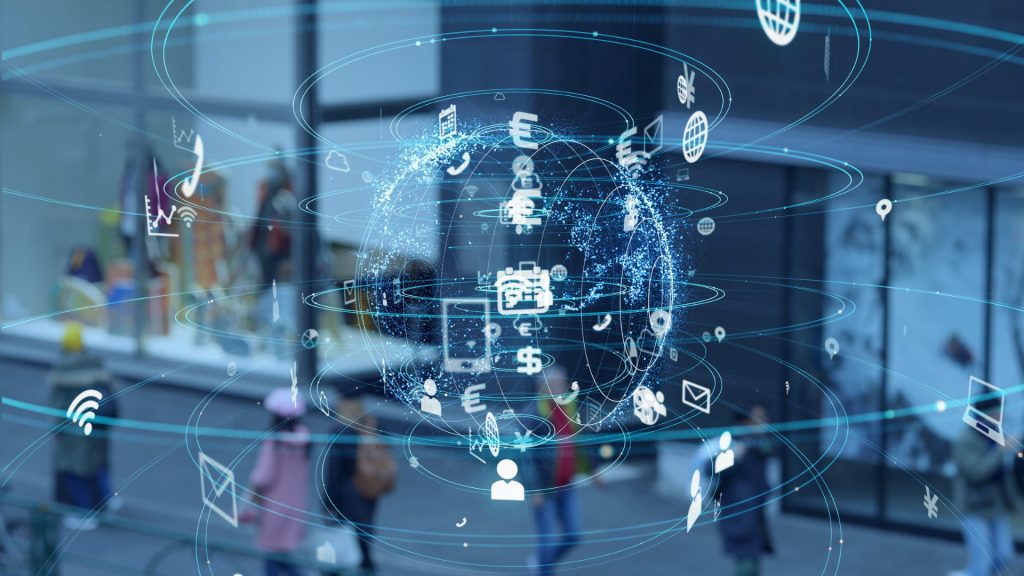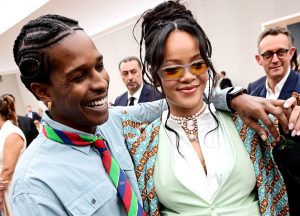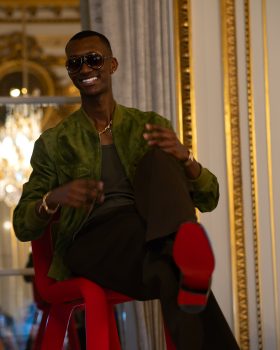We never thought we could witness the integration of the Internet of Things with the fashion industry. Nevertheless, for some, this was a question of ‘how’ instead of ‘when’ only. But now, the time has come and we have finally started seeing the applications of the Internet of Things in the world of fashion.
The fashion industry around the globe is a rapidly evolving sector that is continually seeking new and innovative ways to enhance the customer experience, reduce waste and increase efficiency. Once you pair fashion with the Internet of Things (IoT), you can witness mind-blowing results.
Certainly, this one contemporary technology has the potential to revolutionize the fashion industry by providing businesses with real-time data and insights into consumer behavior, supply chain management, and production processes.
If you are anyone like us, who is constantly amazed by the use of IoT in different fields of life, then surely you would enjoy the current amalgamation of IoT with fashion.
It is truly intriguing.
Continue reading to find out more about the various applications of IoT in the fashion industry and how they are transforming the sector for the better.

Unravel the Applications of IoT in the Fashion Industry
Smart Clothing
Smart clothing is one of the most exciting applications of IoT in the fashion industry. It involves integrating sensors and electronics into clothing to track various metrics such as heart rate, temperature, and physical activity. This technology can provide valuable insights to athletes, fitness enthusiasts, and medical professionals, helping them optimize their training, improve health outcomes, and provide personalized care.
For example, Sensoria Fitness offers smart socks that can track running form and provide real-time feedback to help runners improve their technique and reduce injury risk. Similarly, Owlet Baby Care offers smart baby clothes that monitor vital signs and alert parents if any changes require attention.
For this, however, you would need your clothing to be connected to your mobile device at all times so you can be alerted regarding anything immediately. Therefore, when it comes to the internet we recommend you the ones that can offer you stable connectivity at all times, no matter where you are. For this Cox Internet can be the right choice. With budget-friendly prices and reliable connection, you can ensure the best use of your smart clothing.
Easier Inventory Management
IoT technology can help fashion retailers better manage their inventory, reduce waste, and improve profitability. With RFID (Radio Frequency Identification) tags and sensors, retailers can track inventory levels in real-time, optimize stock replenishment, and improve product placement to increase sales.
For example, Zara uses RFID tags to track inventory in its stores, which allows the company to quickly identify low stock levels and replenish items before they run out. This technology has helped Zara reduce stock-outs and improve customer satisfaction.
Supply Chain Management
IoT technology can also help fashion companies optimize their supply chain management processes. By using sensors to track the location and condition of products, manufacturers can improve logistics, reduce delays, and prevent product damage.
For example, the French luxury brand Hermès has implemented an IoT system that tracks the location and temperature of its products during transportation. This technology ensures that products arrive at their destination in perfect condition and provides customers with greater transparency and peace of mind.
Customer Experience
IoT technology can also enhance the customer experience in the fashion industry by providing personalized recommendations and improving the in-store experience. By using sensors and beacons, retailers can track customer behavior in real-time, offer personalized recommendations, and provide targeted promotions.
Hointer has developed a smart store that uses sensors and robots to offer customers a frictionless shopping experience. Customers can scan items with their smartphones, and the robots will retrieve the items from the backroom and bring them to the customer for checkout.
It keeps getting amazing, right?
Sustainability
IoT technology can also help fashion companies improve their sustainability efforts. The world surely needs this the most right now.
By using sensors to track energy consumption, waste management, and water usage, companies can identify areas where they can reduce their environmental impact and improve sustainability practices.
For example, Levi’s has implemented an IoT system that tracks water usage in its denim manufacturing process. This technology has helped the company reduce water consumption by 96% and has significantly reduced its environmental impact.
Concluding Thoughts
IoT technology has the potential to revolutionize the fashion industry by providing businesses with real-time data and insights into consumer behavior, supply chain management, and production processes.
From smart clothing to supply chain optimization, IoT technology is transforming the way the fashion industry operates, providing greater efficiency, sustainability, and customer satisfaction. As IoT technology continues to evolve, we can expect to see even more exciting applications of this technology in the fashion industry in the years to come.

fashionabc is a fashion technology platform, comprising a digital directory and various other digital tools and supply chain solutions for the fashion industry ecosystem, that focus on ethical fashion and sustainability. We are building inclusive digital transformation tools for fashion professionals who are willing to take steps towards a more sustainable ethical fashion industry, by adopting AI and DLT blockchain technology.
* building digital profile and IP solutions for fashion businesses
* tackle issues such as provenance and counterfeit in supply chain
* contribute to the construction of a meritocratic ethical fashion industry which is certified and part of the circular economy











